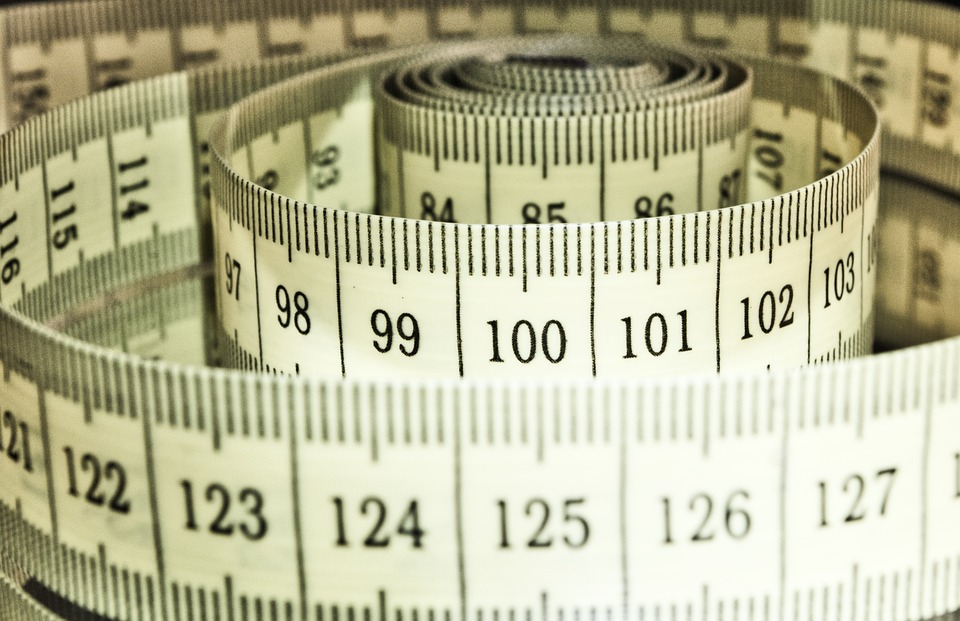The Shape-Shifting Proton: Unlocking the Secrets of Atomic Structure
Deep within the atomic nucleus, a fascinating phenomenon has long been observed, yet remains somewhat of an enigma. The proton, one of the building blocks of atoms, has been found to exhibit shape-shifting properties, defying our understanding of atomic structure. In this article, we’ll delve into the mysteries of proton shape-shifting and explore its implications for our understanding of the atomic world.
What is a Proton?
Before diving into the world of shape-shifting protons, let’s start with the basics. Protons are positively charged subatomic particles that reside in the nucleus of an atom, along with neutrons. Protons have a mass of approximately 1 atomic mass unit (amu) and are responsible for an atom’s overall charge.
The Shape-Shifting Phenomenon
Researchers have long known that protons don’t always behave like tiny, uniform spheres. In certain conditions, protons have been observed to exhibit unusual properties, such as:
- Polarization: Protons can become polarized, meaning they can adopt a temporary electric dipole moment, resulting in a slight imbalance of charge.
- Deformation: Protons can deform in response to external stimuli, such as high-energy collisions or strong magnetic fields.
These properties are not unique to protons; other subatomic particles, like electrons and neutrons, can also exhibit similar behavior. However, the proton’s unique role in the nucleus makes its shape-shifting abilities particularly fascinating.
Why Do Protons Shape-Shift?
Scientists believe that protons’ shape-shifting properties are related to the intricate dance of forces at play within the nucleus. The strong nuclear force, which holds protons and neutrons together, is responsible for these anomalies. When protons are subject to intense energy or high-velocity collisions, the strong nuclear force can temporarily distort their shape.
What Are the Implications of Proton Shape-Shifting?
The study of proton shape-shifting has significant implications for our understanding of atomic structure and the behavior of matter at the smallest scales. Some potential applications include:
- Advanced Materials: Understanding proton shape-shifting could lead to the development of novel materials with unique properties, such as superconductors or high-temperature superfluids.
- Quantum Computing: The study of proton shape-shifting may shed light on the mysteries of quantum entanglement and its role in quantum computing.
- Nuclear Reactors: Proton shape-shifting could potentially improve the efficiency and safety of nuclear reactors by allowing for more precise control over nuclear reactions.
FAQs
Q: How do protons shape-shift?
A: Protons shape-shift due to the temporary deformation of their electric charge distribution in response to external stimuli.
Q: Is this phenomenon unique to protons?
A: No, other subatomic particles, like electrons and neutrons, can also exhibit similar properties under certain conditions.
Q: What are the practical applications of proton shape-shifting?
A: Potential applications include the development of novel materials, advanced quantum computing, and improved nuclear reactor design.
Q: Can proton shape-shifting be observed in everyday life?
A: No, proton shape-shifting occurs at extremely small scales and requires specialized equipment to detect.
Image: An artist’s representation of a proton shape-shifting in response to high-energy collisions.
[Image description: A stylized illustration of a proton (represented as a glowing blue sphere) deforming under the influence of an external force. The proton’s shape is distorted, with the blue glow expanding and contracting in response to the energy input.]
As researchers continue to unravel the mysteries of proton shape-shifting, we may uncover new secrets about the fundamental nature of matter and the universe itself.



